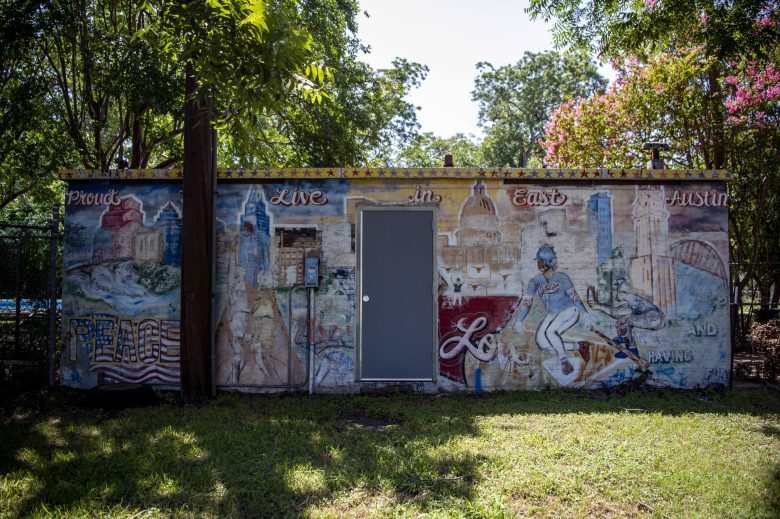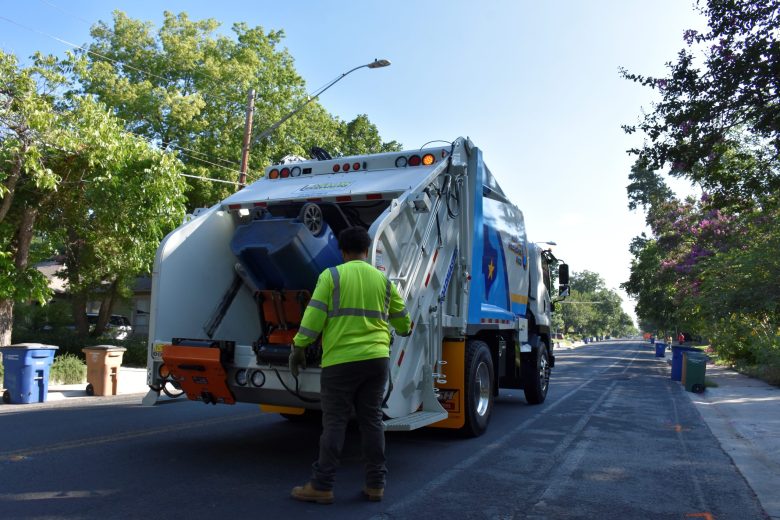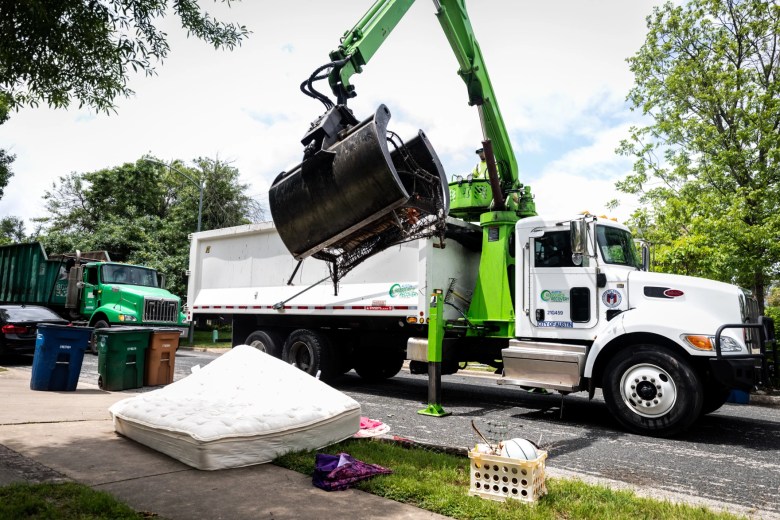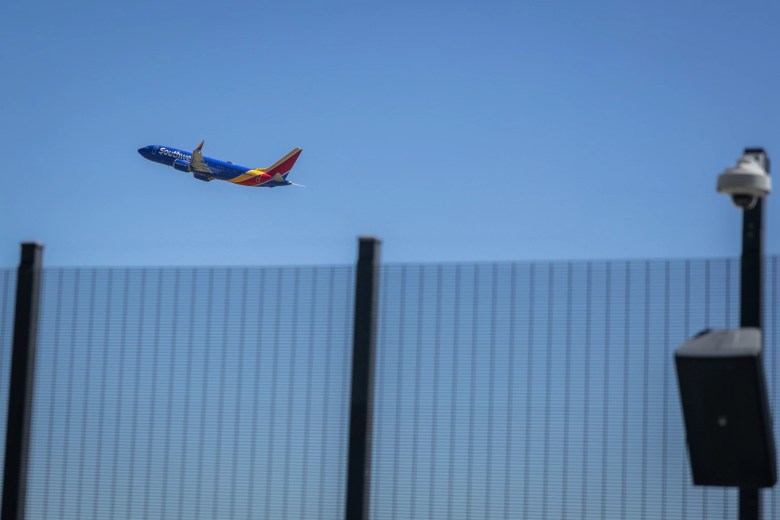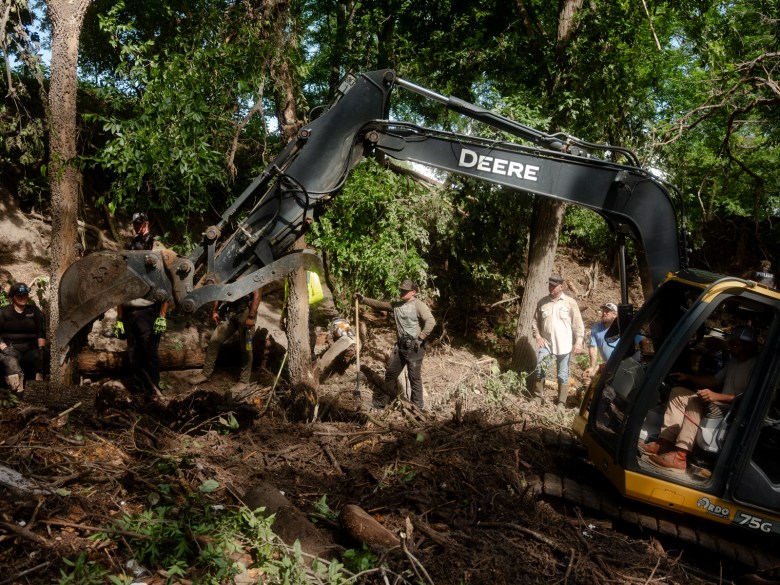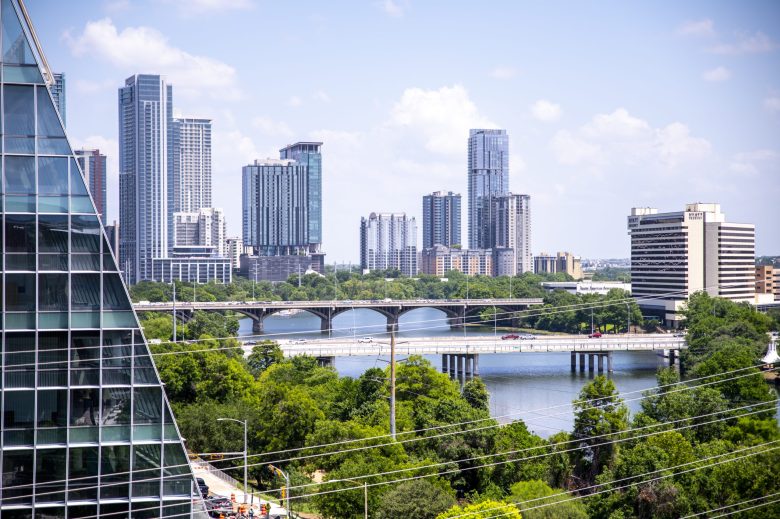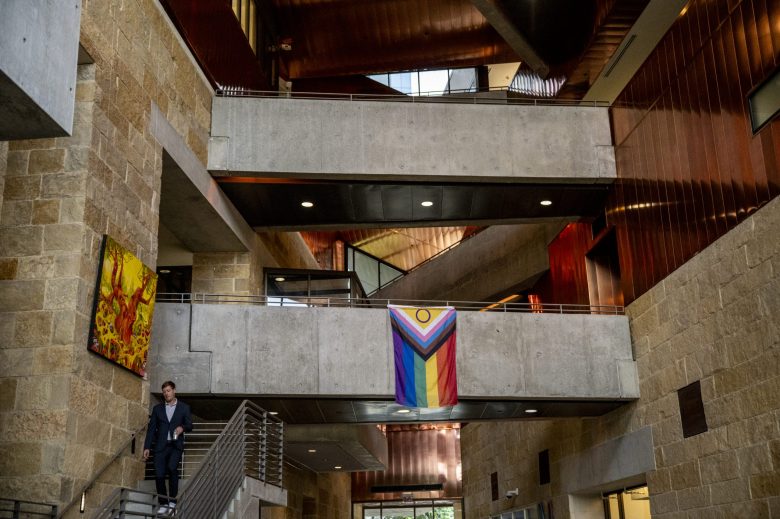In September, the Austin City Council will discuss modifications to the Art in Public Places initiative. The modifications may increase the locations of publicly financed artwork, impose additional conditions on certain public-private partnership projects, and provide greater leeway in allocating funding for upkeep and relocation.
Visual art on city projects can get up to 2 percent of qualified capital improvement budgets under the 1985-created Art In Public Places (AIPP) program. According to staff, the changes are meant to address long-term care of artworks, increase participation, and clarify program protocols.
Included in a recent staff memo, the proposals are part of a year-long assessment that was mandated by Council through a resolution enacted in March with the goal of revising the program rules and municipal ordinance for the first time in a number of years.
The Council resolution instructed staff to expand the definition of city-owned property to include locations under long-term easements or under the control of local government corporations, investigate the use of curatorial services for large projects, and establish a formal procedure for alternative compliance in public-private partnership projects. Along with investigating support for publicly visible art on private land, such murals, it also urged for more explicit pre-contract notifications to artists regarding their rights and obligations.
The placement of AIPP-funded artwork on publicly accessible city-owned property that isn’t immediately related to the capital project that provided the financing is one suggested modification. According to city employees, this might enable more thoughtful placement and fair art distribution.
Another would mandate the installation of public art or the donation of two percent of eligible costs to the Public Art Fund for specific capital projects of public-private partnerships, such as those constructed under long-term leases with the city. Projects including affordable housing would not be subject to those regulations. Additionally, the code will make clear how cultural districts, density bonus projects, and planned unit developments satisfy cultural standards.
Other suggestions consist of:
- Relaunching the prequalified artist pool with more local representation
- Creating smaller-scale, tiered projects for early-career artists with staff support, while reserving larger commissions for experienced artists
- Removing certain funding caps to allow more comprehensive maintenance and conservation
- Standardizing artist contracts with clearer terms on ownership, relocation and removal
- Publishing process flowcharts and creating a centralized online resource with guidelines, policies and templates
17 city agencies are involved in the review, which is being led by the Office of Arts, Culture, Music & Entertainment. The first phase was finished in May and involved input from the AIPP Panel Working Group, analysis of eight years of program data, and policy benchmarking against 13 reference cities. Focus groups with artists, curators, developers, and fabricators, as well as cross-departmental cooperation and legal evaluation of draft modifications, are all part of the second phase, which has been going on since June.
In September, staff will bring to Council the final ordinance change and associated guideline revisions. The revised criteria would go into effect in 2026 if they were approved.
New commissions are still being funded by the program while the review is underway. Contracts for 13 Austin-based artists to produce art for busy sections of the Austin-Bergstrom International Airport terminal expansion were approved by the Council in July. The maximum amount for major commissions is $546,000, which includes installations in the Sensory Lounge and Mobility Assistance Zone. The maximum cost for each of the nine restroom entry projects is $80,000.
The proposed law modifications place a strong emphasis on project planning and stewardship, which is reflected in the airport contracts’ provisions for long-term maintenance and potential relocation.
Future city projects and some private ventures with public-private agreements will be affected by the code revisions if they are approved. According to staff, the changes are meant to improve consistency in procedures and clarify program criteria.
Currently, AIPP is in charge of more than 400 pieces of art throughout Austin. If approved, new regulations would control the commissioning, financing, and upkeep of future projects starting in 2026.
Community donations enable the work of the Austin Monitors. Even though we occasionally publish on funders, we take pains to ensure transparency by keeping editorial and business activities apart. Our code of ethics is described here, and a full list of donors can be seen here.
You’re a community leader
And we are thrilled that you trust us with important, in-depth news. You are aware that local and committed watchdog reporting is essential to a healthy community. We will always be here to support you. Will you now support our nonprofit news organization and take the bold next step?
